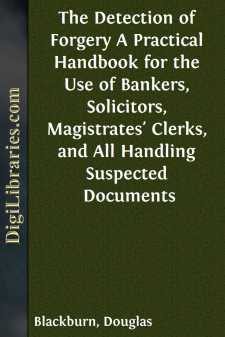Categories
- Antiques & Collectibles 13
- Architecture 36
- Art 48
- Bibles 22
- Biography & Autobiography 816
- Body, Mind & Spirit 145
- Business & Economics 28
- Children's Books 17
- Children's Fiction 14
- Computers 4
- Cooking 94
- Crafts & Hobbies 4
- Drama 346
- Education 58
- Family & Relationships 59
- Fiction 11834
- Foreign Language Study 3
- Games 19
- Gardening 17
- Health & Fitness 34
- History 1378
- House & Home 1
- Humor 147
- Juvenile Fiction 1873
- Juvenile Nonfiction 202
- Language Arts & Disciplines 89
- Law 16
- Literary Collections 686
- Literary Criticism 179
- Mathematics 13
- Medical 41
- Music 40
- Nature 179
- Non-Classifiable 1768
- Performing Arts 7
- Periodicals 1453
- Philosophy 66
- Photography 2
- Poetry 897
- Political Science 203
- Psychology 45
- Reference 154
- Religion 516
- Science 126
- Self-Help 85
- Social Science 82
- Sports & Recreation 34
- Study Aids 3
- Technology & Engineering 59
- Transportation 23
- Travel 463
- True Crime 29
Our website is made possible by displaying online advertisements to our visitors.
Please consider supporting us by disabling your ad blocker.
The Detection of Forgery A Practical Handbook for the Use of Bankers, Solicitors, Magistrates' Clerks, and All Handling Suspected Documents
Categories:
Description:
Excerpt
The object of this little work is to assist those who may occasionally be called upon to form an opinion as to the genuineness of signatures, alterations in cheques, and the varied doubtful documents that demand the serious consideration of business men by way of a preliminary to "taking further steps."
It is the first attempt published in England to explain the principles upon which the comparison and examination of handwriting are conducted by experts. It is, and can only be, an outline of suggestions how to begin, for no two experts follow precisely the same methods, any more than two painters work on the same lines. Both agree in recognising certain rules and general principles, but each strives for his objective point by the employment of those means which experience, temperament, taste and opportunity suggest. The study of the elementary rules of their art puts them upon the road for perfecting it, after which success can only be attained by rightly reading the signs that lead to the ultimate goal.
In reading these chapters the student should begin by practising that self-help which is essential to success. He must read with pen and notebook. It is with the object of compelling this valuable habit that no illustrative examples are given in the text. It would have been easy to fill many pages with script illustrations, but experience shows that a much greater impression is made upon the memory by the hand forming the outlines described than if they were provided in pictorial form. In other words, the student should supply this purposeful omission by himself constructing the illustrations from the description. The trifling extra time and trouble thus demanded will be amply repaid by the ease and rapidity with which the various points will be fixed in the memory. Nor is this the only advantage to be gained. The act of reproducing the illustration cited will emphasise and render clear technical and mechanical features that would require many words to explain, with the attendant risk of confusing the mind by mere verbiage.
The material and opportunity for practising and studying the comparison of handwritings are abundant. Every letter written or read affords a subject, and in a surprisingly short space of time the student will find himself instinctively noting and analysing peculiarities in handwriting that probably never arrested his attention before. The principles of the art are exceedingly simple and free from complexity, and many a person who takes up the study will find that he possesses powers of analysis and observation unguessed before. The most successful expert is he who observes most closely and accurately, and the faculty needs only the spur of an objective point for it to be developed.
After a little practice, experience will suggest many methods of examination and test not dealt with here. For example, photographic enlargements can be and are utilised with great advantage by bringing out minute details, especially in signatures, erasures and alterations....


